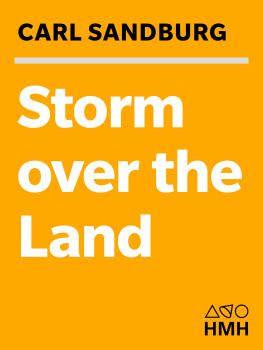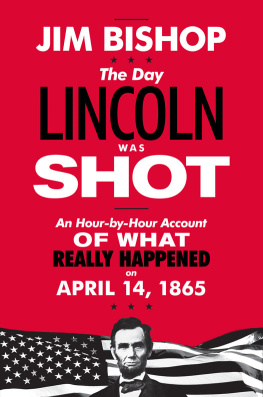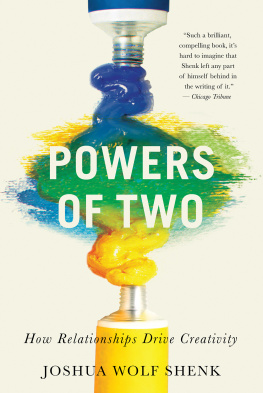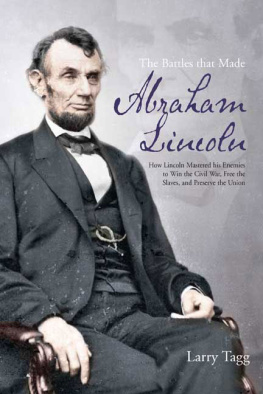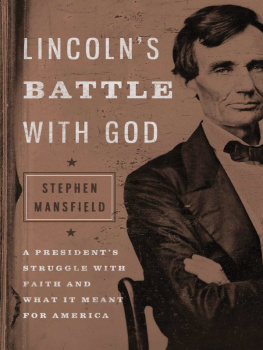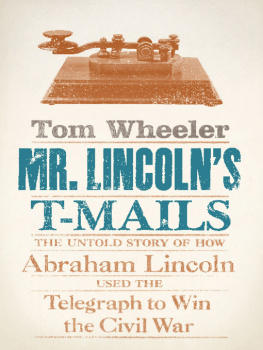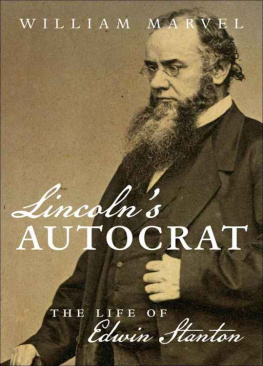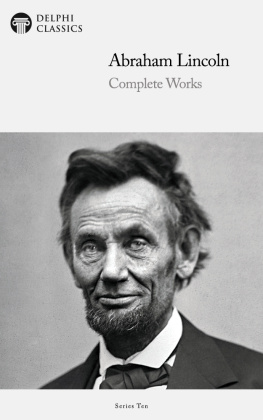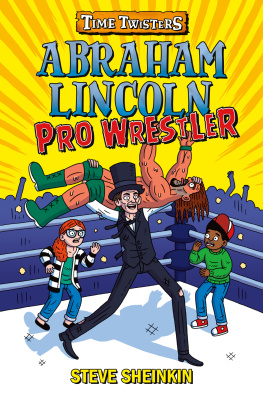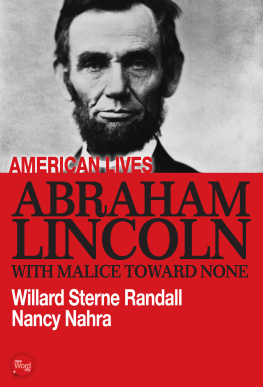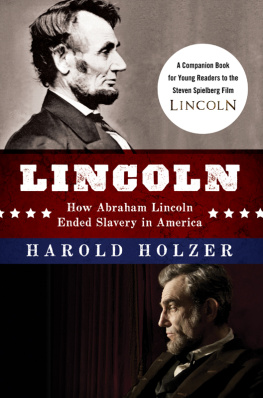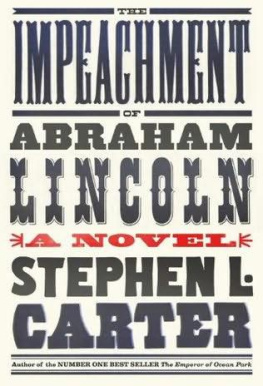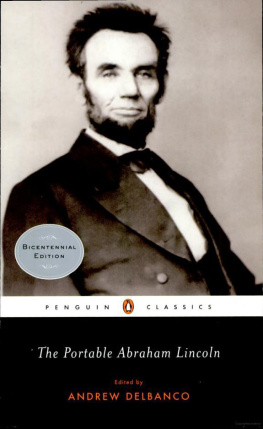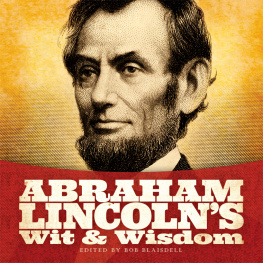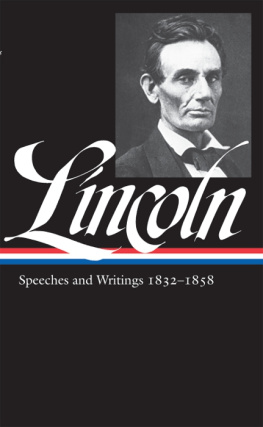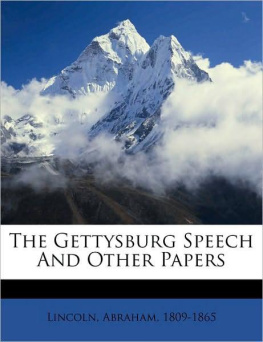Lincoln Abraham - Storm over the land: a profile of the Civil War taken mainly from Abraham Lincoln: The war years
Here you can read online Lincoln Abraham - Storm over the land: a profile of the Civil War taken mainly from Abraham Lincoln: The war years full text of the book (entire story) in english for free. Download pdf and epub, get meaning, cover and reviews about this ebook. City: United States, year: 2015, publisher: Houghton Mifflin Harcourt, genre: Art. Description of the work, (preface) as well as reviews are available. Best literature library LitArk.com created for fans of good reading and offers a wide selection of genres:
Romance novel
Science fiction
Adventure
Detective
Science
History
Home and family
Prose
Art
Politics
Computer
Non-fiction
Religion
Business
Children
Humor
Choose a favorite category and find really read worthwhile books. Enjoy immersion in the world of imagination, feel the emotions of the characters or learn something new for yourself, make an fascinating discovery.
- Book:Storm over the land: a profile of the Civil War taken mainly from Abraham Lincoln: The war years
- Author:
- Publisher:Houghton Mifflin Harcourt
- Genre:
- Year:2015
- City:United States
- Rating:3 / 5
- Favourites:Add to favourites
- Your mark:
- 60
- 1
- 2
- 3
- 4
- 5
Storm over the land: a profile of the Civil War taken mainly from Abraham Lincoln: The war years: summary, description and annotation
We offer to read an annotation, description, summary or preface (depends on what the author of the book "Storm over the land: a profile of the Civil War taken mainly from Abraham Lincoln: The war years" wrote himself). If you haven't found the necessary information about the book — write in the comments, we will try to find it.
Taken mainly from Abraham Lincoln: The War Years. 60 halftones from photographs; 98 drawings, maps, and sketches.
Storm over the land: a profile of the Civil War taken mainly from Abraham Lincoln: The war years — read online for free the complete book (whole text) full work
Below is the text of the book, divided by pages. System saving the place of the last page read, allows you to conveniently read the book "Storm over the land: a profile of the Civil War taken mainly from Abraham Lincoln: The war years" online for free, without having to search again every time where you left off. Put a bookmark, and you can go to the page where you finished reading at any time.
Font size:
Interval:
Bookmark:
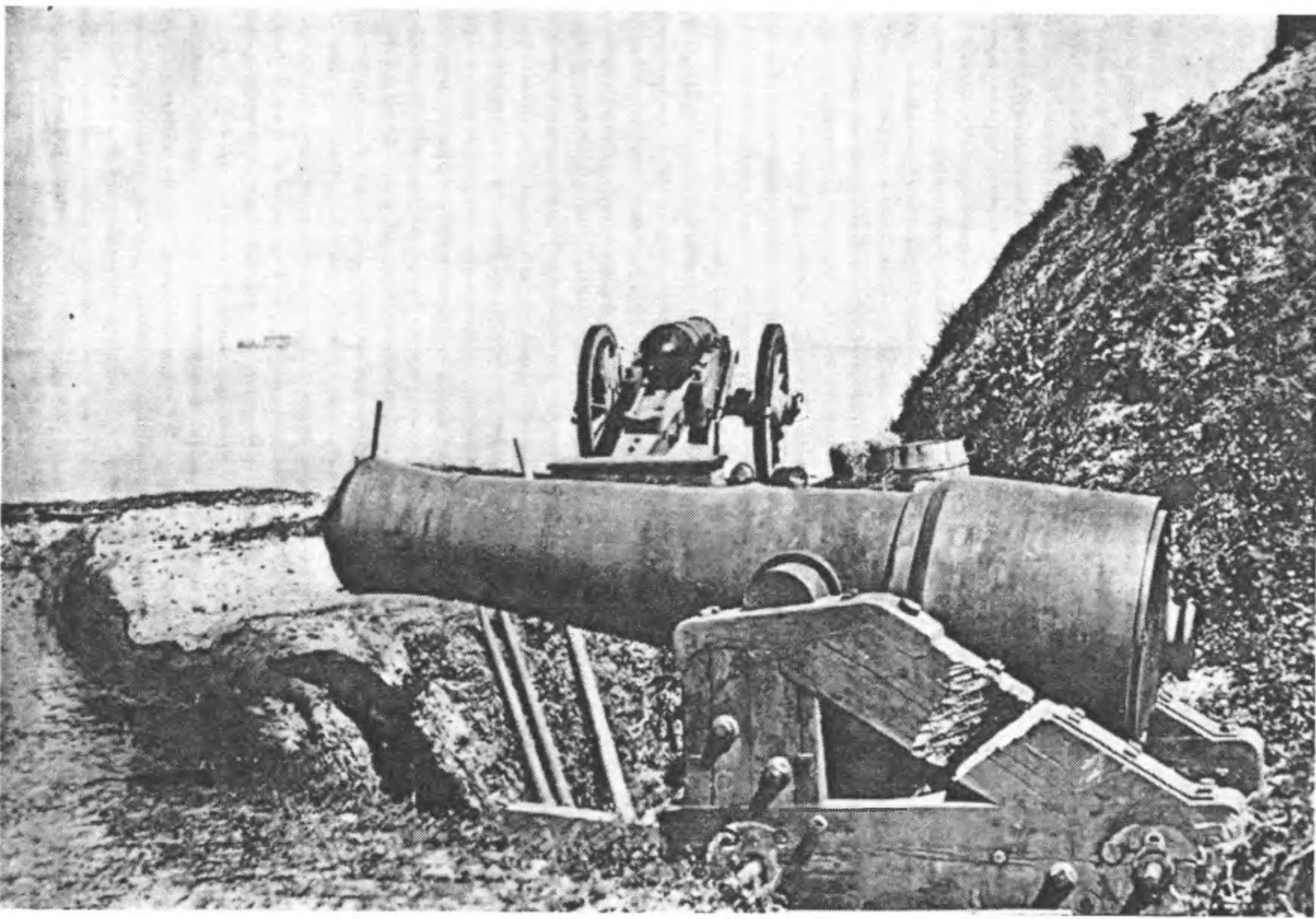
On the horizon, Fort Sumter, and close up, Confederate guns at Fort Johnson, James Island. Here in Charleston Harbor was the opening thunder of a four-year storm.
Copyright, 1939, 1942, by Harcourt, Brace and Company, Inc.
ISBN 0-156-0112-9
All rights reserved, including the right to reproduce this book or portions thereof in any form.
For information about permission to reproduce selections from this book, write to or to Permissions, Houghton Mifflin Harcourt Publishing Company, 3 Park Avenue, 19th Floor, New York, New York 10016.
www.hmhco.com
e ISBN 978-0-544-79887-8
v1.1015
The United States of America, often termed the American Union of States, had its unity hammered out in storm. After that storm it was something else againa World Power, figured as a potential in future world affairs. While the storm raged a leading spokesman mentioned its interest for the whole Family of Man.
The story of this storm, if it could all be known and told, would take ten times longer to tell than it took to happen. The longest telling of it in any single book would have to leave out anything like full discussion of the actions and issues involved. Economic, racial, moral, cultural, and climatic factors interwove. Military and political elements tangled. Amid a wilderness of fact and illustration the maker of a narrative picks his way and considers the instruction Write till you are ashamed of yourself and then cut it down next to nothing so the reader may hope beforehand he is not wasting his time.
The storm aforementioned, however, had its highlight events of beginning and end. While the issues are too vast and complicated for undisputed analysis and crystal-clear statement, we do know when the shooting started and when it stopped. We can be absolute about a few of the big moments dazzling with decisions at bloody crossroads. We can see clear certain definite surface actions, each vast with destiny, each vocal with its characters on record through fiery trial. These may be presented to readers. Those of inquiring mind may go as much farther as they personally choose in the easily available further source materials primary and secondary. The tale is not idle. It means more than passing the time of day or making a long wait somewhere a little shorter. It holds valor and struggle worth looking at, days of doom and humility not lacking their lessons, psalms of desolation and the silent writhing of the agonized, rainbow promises of hope and dream for the American Union of States.
So runs part of the design of this one volume carved mainly from the pages of the four-volume book Abraham Lincoln: The War Years. The plan for such a book was first proposed by Elisabeth Bevier Hamilton, and we are indebted to her for skilled editorial work in the preparation of the manuscript. For the sake of brevity and sequence the author has rewritten some sections of the larger work for service herein, on occasion adding new text. Perhaps the volume can be of use in a time of storm to those inexorably aware time is short. Perhaps they may find shapes of great companions out of the past and possibly touches of instruction not to be used like broken eggs beyond mending.
C. S .

The photographs used in this book came mainly from the United States Signal Corps. I examined upwards of six thousand prints from the collection of Matthew Brady in the National Archives of the United States and I am indebted to the Archives staff, and particularly to Miss Josephine Cobb, for assistance in search and gathering of data. Perhaps something like more than half of the photographs herein have publication for the first time. In the selection and page arrangement of photographs and line cuts I had the help and valued counsel of Lt. Comdr. Edward Steichen, U.S.N.R. Several prints loaned from the collection of Frederick H. Meserve also, I believe, appear for the first time. The drawings used as line cuts are chiefly from Hardtack and Coffee by John D. Billings, published in 1888, with original sketches by Charles W. Reed, member of the Ninth Massachusetts Battery, also Assistant Engineer on General Warrens Staff, Fifth Corps, Army of the Potomac. Reeds signatures appeared frequently, and I have used them with salutations to a good man who had both a love of fun and a loving understanding of the rank-and-file trooper. The remaining few drawings are from A Pictorial History of the Civil War by Benson J. Lossing (186668) and Battles and Leaders, the distinguished four-volume series issued by the Century Company in 188788.
There never was, and probably never will be, a more interesting subject of political study than the present condition of America. Every problem of the past, and every political difficulty of the present, is there working itself out visibly before our eyes. Evils which have perplexed the nations since the dawn of history demand their instant removal, while every form of government from mob-rule to the closest oligarchy is asserting by force its right, not only to exist, but to become supreme. The comparative force of democracy and aristocracy, their relative power of remedying discovered mischiefs, their ultimate tendencies, and their common evils, are exhibited on a scale and with a rapidity which affords to mankind the opportunity of a political education such as it has not enjoyed since Greece was submerged under the Roman wave. And, amidst all these difficulties, the American people alone in history have to work out, not in the course of ages but at once, the problem which is older than any form of government now in existence, the extinction of human slavery.
The Spectator of London, England, 28 December, 1861
CHAPTER 1
IN 1861 it was hardly seven years since that meeting of the Anti-Slavery Society near Boston when William Lloyd Garrison had read the Fugitive Slave Act, had then read the court order of a Federal judge handing a fugitive slave back to its owner, and had then lighted matches to both documents, crying as they burned, And let all the people say Amen! As a piece of drama it was tense. As a testament and a reality it had a flicker of great storm.
Was a war between States coming? A civil war? Those listening could hear some voices saying a long bloody war was aheadother voices sure it could be smoothed over and peace fixed by talk and negotiationand many other voices Maybe it will blow over, or maybe there will be hell to paymaybenobody knows, everybody guesses. Men of books pointed to old philosophers holding, The reasons for war are deep and tangledand a crackpot fool or lunatic can start a war if the conditions have been prepared by time and events. Was a great human storm now to be let loose on the land? Had time and events, political and economic weather laid the way for wild and bloody storm?
Only tall stacks of documents recording the steel of fact and the fog of dream could tell the intricate tale of the shaping of a national fate; of men saying Yes when they meant No and No when they meant Perhaps; of newspapers North and South lying to their readers and pandering to the cheaper passions of party and class interest; of the men and women of the ruling classes North and South being dominated more often than not by love of money and power; of the Southern planters and merchants being $200,000,000 in debt to the North; of the paradoxes involved in the Northern hope of the black mans freedom in the South; of the race question that was one thing in the blizzard region of New England, where a Negro was pointed out on the streets as a rare curiosity, and something else again in the deep drowsy tropical South, where in so many areas the Negro outnumbered the white man; of the greed of Savannah and Mobile slavetraders; of how the prohibitory law as to fugitive slaves was mocked at by abolitionists stealing slave property and running it North to freedom; of abolitionists hanged, shot, stabbed, mutilated; of the Northern manufacturer being able to throw out men or machines no longer profitable while the Southern planter could not so easily scrap his production apparatus of living black men and women; of stock and bond markets becoming huge gambling enterprises in which fleeced customers learned later that the dice had been loaded; of automatic machinery slightly guided by human hands producing shoes, fabrics, scissors; of the animalism of the exploitation of man by man North and South; of the miscellaneous array of propertied interests in the North which would stand to lose trade and profits, land titles, payments of legitimate debts, through a divided Union of States; of the clean and inexplicably mystic dream that lay in many humble hearts of an indissoluble Federal Union of States; of the certainty that the new Republican-party power at Washington would be aimed to limit extension of slavery and put it in the course of ultimate extinction; of the 260,000 free Negroes in the South owning property valued at $25,000,000; of the Southern poor white lacking the guarantees of food, clothing, shelter, and employment assured the Negro field hand; of Northern factory workers paid a bare subsistence wage, lacking security against sickness, old age, unemployment while alive and funeral costs when finally dead; of the one-crop Cotton States heavy dependence on the Border Slave States and the North for food supplies, implements, and clothing; of the Cotton States delusion that New England and Europe were economic dependents of King Cotton; of the American system having densely intricate undergrowths, old rootholds of a political past, suddenly interfered with by rank and powerful economic upshoots.
Font size:
Interval:
Bookmark:
Similar books «Storm over the land: a profile of the Civil War taken mainly from Abraham Lincoln: The war years»
Look at similar books to Storm over the land: a profile of the Civil War taken mainly from Abraham Lincoln: The war years. We have selected literature similar in name and meaning in the hope of providing readers with more options to find new, interesting, not yet read works.
Discussion, reviews of the book Storm over the land: a profile of the Civil War taken mainly from Abraham Lincoln: The war years and just readers' own opinions. Leave your comments, write what you think about the work, its meaning or the main characters. Specify what exactly you liked and what you didn't like, and why you think so.

